This article was medically reviewed by Luba Lee, FNP-BC, MS. Luba Lee, FNP-BC is a Board-Certified Family Nurse Practitioner (FNP) and educator in Tennessee with over a decade of clinical experience. Luba has certifications in Pediatric Advanced Life Support (PALS), Emergency Medicine, Advanced Cardiac Life Support (ACLS), Team Building, and Critical Care Nursing. She received her Master of Science in Nursing (MSN) from the University of Tennessee in 2006.
There are 24 references cited in this article, which can be found at the bottom of the page.
This article has been viewed 27,808 times.
The MS (multiple sclerosis) “hug” is an unpleasant sensation that people with MS often experience. The hug feels like painfully tight constriction and occurs most commonly around the lower ribs and upper abdominal area. The sensation is not dangerous and often goes away on its own with a little time. However, if the hug is extremely painful or doesn’t go away after a few hours, the pain can be reduced through wearing tight clothing, staying in good health, and, in severe cases, seeking a prescription from your doctor.[1]
Steps
Treating the MS Hug with Medication
-
1See your doctor the first time you experience an MS hug. Even if you’ve already been diagnosed with MS, your doctor will want to know that your symptoms have changed. Tell your doctor approximately how long the hug lasted, the degree and type of pain you experienced, and how long it lasted for. Also let your doctor know if the hug prevented you from performing normal activities (eating, driving, sleeping) throughout your day.[2]
- Your doctor may also be able to recommend helpful practices or treatments that can decrease the unpleasant feeling of the MS hug.
-
2Ask your doctor for a prescription to decrease nerve pain. If you experience frequent MS hugs, or if they are especially severe or long-lasting, your doctor can prescribe medication that will help decrease the pain felt in abdominal nerves. Nerve pain is often experienced as aching, stabbing, or unpleasant tingling sensations. Your doctor will most likely prescribe a medication like amitriptyline or pregabalin.[3]
- Side effects of amitriptyline can include skin sensitivity, a dry mouth, difficulty going to the bathroom, and blurred vision.[4]
- Side effects of pregabalin are typically mild and can include drowsiness, headache, dizziness and fatigue, and slight weight gain. Do not take pregabalin if you are pregnant.[5]
- The type of medication your doctor will prescribe depends on what type of pain you feel. The two most common types are pain due to fraying nerves in your abdomen and pain due to spasms in the muscles located between your ribs.[6]
Advertisement -
3Ask your doctor for a medication to decrease spasm pain. The small muscles located between your ribs (called intercostal muscles) can constrict due to the nerve damage caused by MS. The constriction can be extremely painful, and is a common cause of the MS hug. If you experience pain from muscle spasms, ask your doctor for a prescription to counter the spasms’ effects.[7]
- In the case of intercostal muscle spasms causing the MS hug pain, your doctor will most likely prescribe a medication like baclofen or gabapentin.
- People who take baclofen experience side effects about 45% of the time. Side effects include dizziness and fatigue, and having a hard time sleeping.[8]
- Side effects for gabapentin are similar and include dizziness, weakness, and fatigue.[9]
-
4Discuss whether neuromuscular electrical stimulation (NMES) can help. NMES is a process in which gentle electrical currents are applied to tissue. It can help relieve spasms and constriction cause by MS. Ask your doctor if this might be option for you. Your doctor can administer the treatment.[10]
-
5Ask your doctor for a prescription antidepressant. When used under a doctor’s careful supervision, antidepressants can be a useful way of stopping pain from the MS hug. Antidepressants change the way that your central nervous system processes pain, and can stop your brain from feeling the pain associated with an MS hug.[11]
- Common antidepressants that can decrease MS hug symptoms include amitriptyline[12] and Duloxetine hydrochloride.[13]
- Side effects of amitriptyline include constipation and difficulty urinating, nausea and vomiting, tiredness or dizziness, and blurred vision and unsteadiness.[14]
- Side effects of Duloxetine hydrochloride include nausea and vomiting, dizziness and fatigue, constipation, and weakness. See your doctor if you experience any severe side effects including unexplained bleeding or bruising, or abdominal pain.[15]
-
6Check with your doctor if taking supplements might help. Vitamin D, alpha lipoic acid, or probiotic supplements may help reduce inflammation and decrease symptoms. Always ask your doctor before taking supplements to make sure that they won't interact with your medication.[16]
- Your doctor may check your vitamin D levels to see if you need supplements. This is done through a blood test.[17]
- You can buy supplements at any drug or health food store. Your doctor can help you determine the best dosage for you.
-
7Ask your doctor about steroids to prevent a relapse. If you are concerned that you may be approaching an MS relapse, talk to your doctor and ask for a steroid prescription. Steroids can help decrease the likelihood of an MS relapse, which are typically accompanied by the onset of new symptoms, or the worsening or existing symptoms.[18]
- Methylprednisolone is the most commonly prescribed steroid for MS relapses. Side effects are mild, and are limited to indigestion, mood swings, slight facial flushing, and difficulty sleeping.[19]
Decreasing Hug Symptoms
-
1Start a modified paleolithic diet to decrease inflammation. What you eat can affect symptoms of MS, such as inflammation or pain. A paleolithic diet heavy in fruits and vegetables can help you feel better in the long run.[20]
- Aim to eat brightly colored fruits and vegetables, like peppers or oranges. Green vegetables, like spinach or kale, are also good.
- Vegetables high in sulfur, such as broccoli, cabbage, and bok choy, may also help reduce symptoms.
- You can eat about 4 oz (110 g) of lean meat a day, like chicken or fish.[21]
- Reduce or eliminate how much dairy, eggs, and wheat you eat.[22]
-
2Sit down or rest to decrease fatigue. People with MS are more likely to experience the hug if their bodies are fatigued of if they’re very tired. In either case—especially if you’re performing physical work—sit down and rest. If possible, sleep or take a short nap. The hug symptoms should decrease.[23]
- If you lead a stressful life, you may need to find a way to cut back on stress in general in order to decrease the MS hug symptoms.
-
3Relax with meditation, massage, or stretching. Stress may affect the severity or frequency of your symptoms. If you start feeling constricted or overwhelmed, take a break. Do some light stretching, or pause to meditate.[24]
- Go get a massage. A massage may be effective in helping your symptoms.
- If there's something that usually helps you relax, such as music or a bath, try doing it to see if it helps with your symptoms.
-
4Get out of the heat and cool off. The MS hug is more likely to occur if you’re overheated, whether from being out in the sun or from exercising or doing physical labor. Whatever the cause, find a way to cool down. If you’re in the sun, move into the shade or go indoors. If you’re exercising, stop and take a break in a cool room.[25]
- If you live in at hot climate, you may need to adjust your schedule so that you spend more time outdoors in the early morning and late evening, before the day reaches its full heat.
-
5Wear tight clothing or a constricting scarf. Many MS patients find that wearing a tight shirt or jacket, or knotting a scarf around the abdomen (or wherever MS hug symptoms are felt) can decrease the pain. Tight clothing around the abdomen can fool the brain into thinking that the pain from the MS hug is in fact pressure from the clothing.[26]
- Wearing tight clothing will not decrease MS hug symptoms in all MS patients. Experiment with different clothing choices and see what helps the most.
-
6Place a hot water bottle or warm compress on the afflicted area. If you feel the onset of an MS hug, hold a hot water bottle to the area where the pain is most severe. In most cases, the heat from the water bottle will cause your brain to register symptoms of the MS hug as warmth, rather than painful constriction.[27]
-
7Go to the emergency room if you have severe chest pain. If you have chest pain in conjunction with an MS hug—or if you have trouble breathing— visit the nearest hospital immediately. Chest constriction or an inability to breathe, could have serious and potentially fatal consequences.[28]
- Chest pain, whether on its own or paired with an MS hug, could be a symptom of a heart attack.
References
- ↑ https://www.mstrust.org.uk/a-z/ms-hug
- ↑ https://msfocus.org/Magazine/Magazine-Items/Posted/Give-Me-A-Hug,-But-Not-an-MS-Hug
- ↑ https://www.mayoclinic.org/drugs-supplements/amitriptyline-oral-route/side-effects/drg-20072061
- ↑ https://mstrust.org.uk/a-z/amitriptyline#what-side-effects-could-i-get-with-amitriptyline
- ↑ https://www.mstrust.org.uk/a-z/pregabalin-lyrica
- ↑ https://mstrust.org.uk/a-z/ms-hug
- ↑ https://www.mssociety.org.uk/about-ms/signs-and-symptoms/pain/ms-hug
- ↑ https://www.mstrust.org.uk/a-z/baclofen-lioresal-lyflex
- ↑ https://www.mstrust.org.uk/a-z/gabapentin
- ↑ https://terrywahls.com/wp-content/uploads/2014/01/Case-Report-Neuromuscular-electrical-stimulation-and-dietary-interventions-to-reduce-oxidative-stress-in-a-secondary-progressive-MS-patient-leads-to-functional-gains.pdf
- ↑ https://www.nationalmssociety.org/Symptoms-Diagnosis/MS-Symptoms/Pain
- ↑ https://mstrust.org.uk/a-z/amitriptyline
- ↑ http://www.ms.pitt.edu/symptoms/pain
- ↑ https://medlineplus.gov/druginfo/meds/a682388.html
- ↑ https://medlineplus.gov/druginfo/meds/a604030.html
- ↑ https://www.ncbi.nlm.nih.gov/pubmed/15389837
- ↑ https://www.ncbi.nlm.nih.gov/pubmed/28619429
- ↑ https://www.mstrust.org.uk/a-z/ms-hug
- ↑ https://www.mstrust.org.uk/a-z/steroids-methylprednisolone
- ↑ https://www.ncbi.nlm.nih.gov/pmc/articles/PMC4011484/
- ↑ https://www.mssociety.org.uk/care-and-support/everyday-living/eating-and-drinking/special-diets-and-ms
- ↑ https://www.ncbi.nlm.nih.gov/pmc/articles/PMC6412750/
- ↑ https://www.healthcentral.com/article/what-is-the-ms-hug
- ↑ https://www.ncbi.nlm.nih.gov/pmc/articles/PMC4011484/
- ↑ https://www.healthcentral.com/article/what-is-the-ms-hug
- ↑ https://mstrust.org.uk/a-z/ms-hug
- ↑ https://mstrust.org.uk/a-z/pain
- ↑ https://www.mstrust.org.uk/a-z/ms-hug
- ↑ https://my-ms.org/symptoms_sensory.htm
- ↑ https://www.mstrust.org.uk/a-z/ms-hug

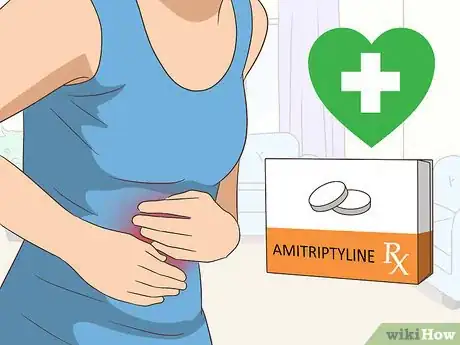
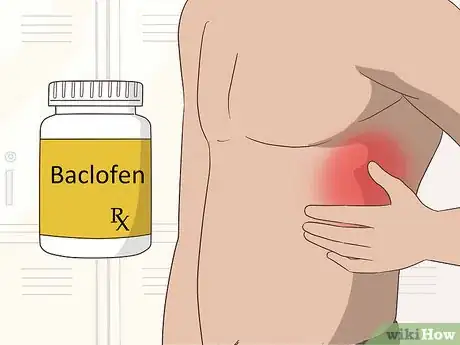
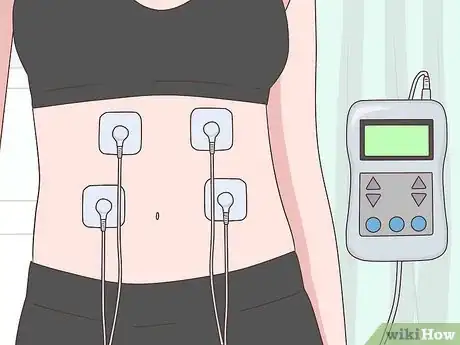
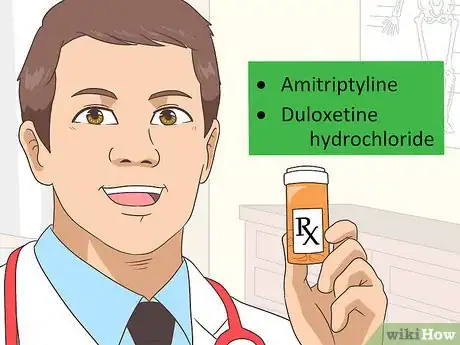

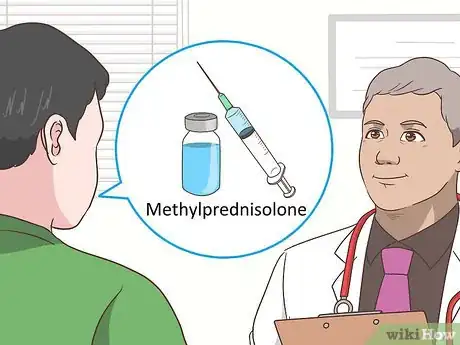
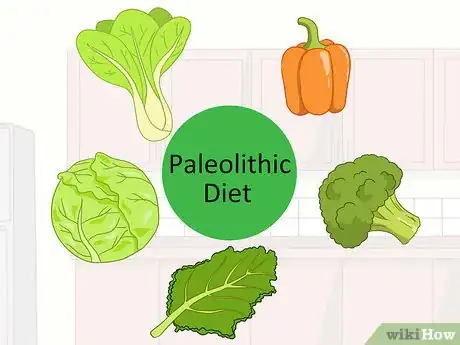
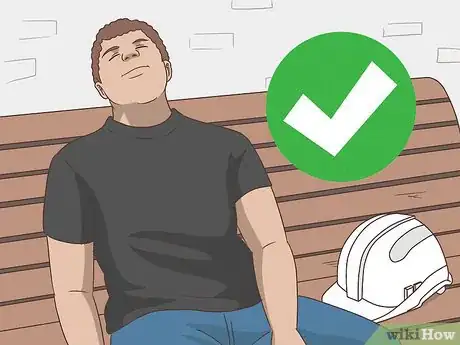
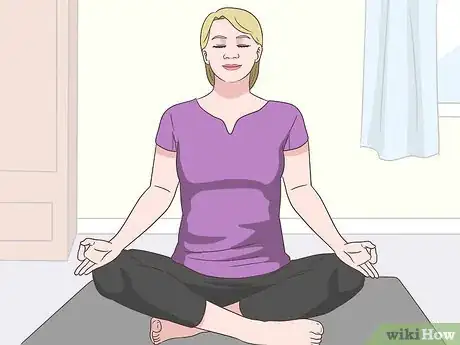

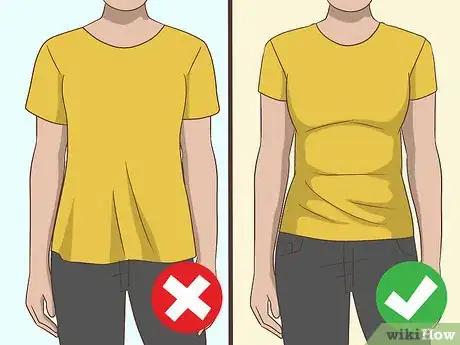
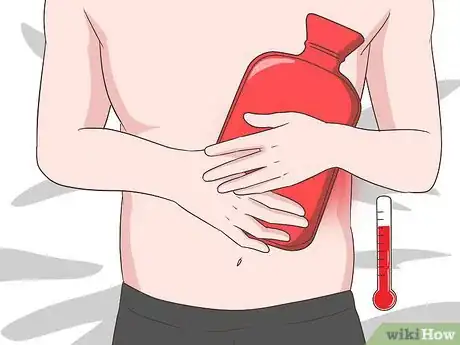
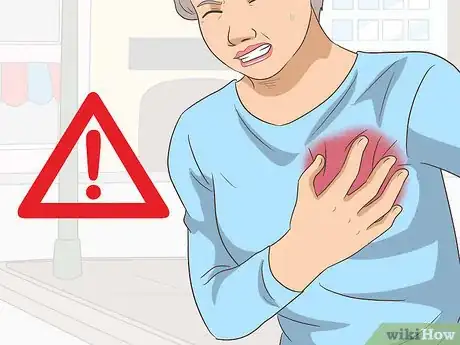












































Medical Disclaimer
The content of this article is not intended to be a substitute for professional medical advice, examination, diagnosis, or treatment. You should always contact your doctor or other qualified healthcare professional before starting, changing, or stopping any kind of health treatment.
Read More...